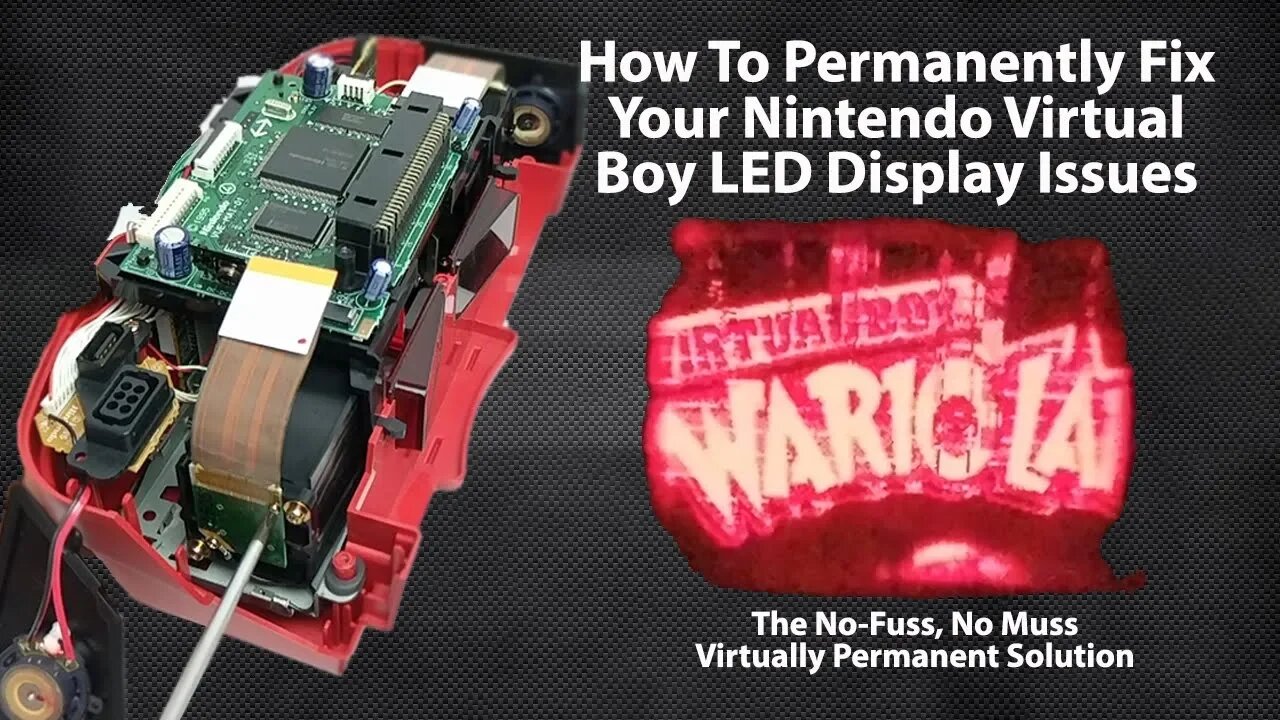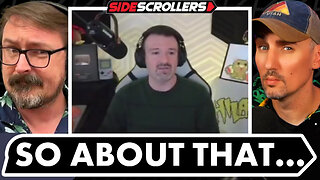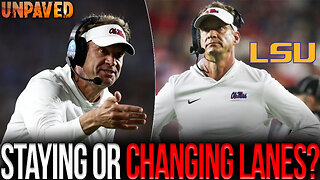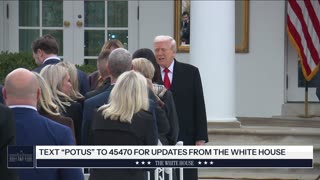Premium Only Content

How To Permanently Fix Your Nintendo Virtual Boy LED Display Issues the RIGHT Way (Not in an Oven!)
In this video, we show you how to properly fix a common issue with the Nintendo Virtual Boy LED Displays.
Purchase the tools I use below:
Hangar 9 Covering Iron - https://amzn.to/2shsURh
Hangar 9 Covering Iron Sock - https://amzn.to/2Jls1AW
Security Bit Tools - https://goo.gl/NNAC8w and https://goo.gl/Ne485Y and https://goo.gl/WzQ9kh
I was absolutely stoked when I was able to get my hands on one of my personal holy grails, a Nintendo Virtual Boy. This eye-straining, heading-inducing, red-and-black nightmare was one of the pieces I most wanted for my collection. I managed to get a great deal on a Virtual Boy from the original owner on eBay and, in messaging him I could tell how well loved this system had been. I was proud to add this to my collection, however, after playing it a bit a problem cropped up with one of the lenses.
The Virtual Boy has a known issue with the LED displays where the ribbon cable tends to pull away from the PCB. When this happens you can have interference, garbled graphics, and even a dead display. There are many fixes out there, from putting the lenses in an oven (NO!), using a heat gun to try to reflow the solder, similar to Red Ring of Death fixes and more. In all these “fixes” I never saw anything that applied direct heat and direct pressure to the solder joints on the PCB. Bringing my RC experience in to come up with a solution I had an idea – a covering iron.
Covering irons are used to help remove wrinkles from the skins of large scale RC airplanes with balsa and plywood skeletons. They can get quite hot and you can use direct pressure on your items. Covering irons can get up to temperatures of close to 400-degrees, similar to what some low-wattage soldering irons can get. Plus, unlike using hot air guns, I could use the shoe portion of the covering iron to apply the pressure needed on the solder joint itself.
I applied about 2-minutes of heat per-lens and I must say, it worked PERFECTLY! I was able to easily address the issues with my right lens and, while I had everything apart, I took care of my left lens at the same time. In the end, this fix takes about 10-15 minutes to complete, from teardown to reassembly. And best of all it applies heat right where it needs it and avoids having to put electronics in your oven.
Don’t put electronics in your oven. Ever. Like. Never.
Do you want to send products, donations or gifts in for us to feature on the channel? Send all items to:
RoXolid Productions
208 E Water Street
Farmer City, IL 61842
Looking for some RoXolid Merch? Check out our T-Spring store for shirts and swag at https://teespring.com/roxolid-productions-official-s
Support RoXolid Productions for as low as a dollar a month through our Patreon page, https://www.patreon.com/RoXolid.
You can also support us directly via PayPal at
http://www.paypal.me/GaryKatzer or via our Streamlabs page at https://streamlabs.com/roxolidproductions
Would you like to have your products featured on RoXolid Productions? Do you have Questions? Comments? Email us at [email protected]!!
Follow Us on Twitter @RoXolidStudios
Give us a Like on Facebook at https://www.facebook.com/RoXolidProductions/
The footage used in this review are used under the Fair Use laws, referenced below:
https://www.law.cornell.edu/uscode/text/17/107
Notwithstanding the provisions of sections 106 and 106A, the fair use of a copyrighted work, including such use by reproduction in copies or phonorecords or by any other means specified by that section, for purposes such as criticism, comment, news reporting, teaching (including multiple copies for classroom use), scholarship, or research, is not an infringement of copyright. In determining whether the use made of a work in any particular case is a fair use the factors to be considered shall include—
(1) the purpose and character of the use, including whether such use is of a commercial nature or is for nonprofit educational purposes;
(2) the nature of the copyrighted work;
(3) the amount and substantiality of the portion used in relation to the copyrighted work as a whole; and
(4) the effect of the use upon the potential market for or value of the copyrighted work.
The fact that a work is unpublished shall not itself bar a finding of fair use if such finding is made upon consideration of all the above factors.
(Pub. L. 94–553, title I, § 101, Oct. 19, 1976, 90 Stat. 2546; Pub. L. 101–650, title VI, § 607, Dec. 1, 1990, 104 Stat. 5132; Pub. L. 102–492, Oct. 24, 1992, 106 Stat. 3145.)
-
 13:58
13:58
RoXolidProductions
1 month agoRetro Nostalgia In The Feels: Unboxing my Late-Dad's Nintendo Wii
103 -
 2:07:24
2:07:24
Side Scrollers Podcast
4 hours agoAsmongold/DSP RESPONSE + Kaceytron’s Life IMPLODES + Lunduke Gets Threats + More | Side Scrollers
94.4K4 -
 2:22:52
2:22:52
Steven Crowder
6 hours agoDonald Vs. Ilhan: Trump Boots Somalis and The Meltdown is Glorious
463K334 -
 1:04:37
1:04:37
Sean Unpaved
4 hours agoIs Lane Kiffin Staying At Ole Miss Or LEAVING For LSU? | UNPAVED
19.5K -
 29:48
29:48
The White House
4 hours agoPresident Trump and The First Lady Participate in the Thanksgiving Turkey Pardoning
37.4K23 -
 1:58:04
1:58:04
The Charlie Kirk Show
3 hours agoMark Kelly Court Martial + AI Embargo + Thanksgiving | Davis, Federer, Newcombe | 11.25.2025
74.7K21 -
 53:20
53:20
The Rubin Report
5 hours agoLara Trump Destroys Bill Maher’s Narrative w/ Facts in 1 Minute
54.5K60 -
 56:32
56:32
TheAlecLaceShow
3 hours agoGuest: Rep. Tim Burchett | Ukraine Russia Peace Deal | Trump SLAMS Seditious 6 | The Alec Lace Show
23.2K -
 LIVE
LIVE
LFA TV
17 hours agoLIVE & BREAKING NEWS! | TUESDAY 11/25/25
1,599 watching -
 1:08:44
1:08:44
VINCE
7 hours agoThe Deep State Strikes Back! (Guest Host Shawn Farash) | Episode 176 - 11/25/25 VINCE
239K169